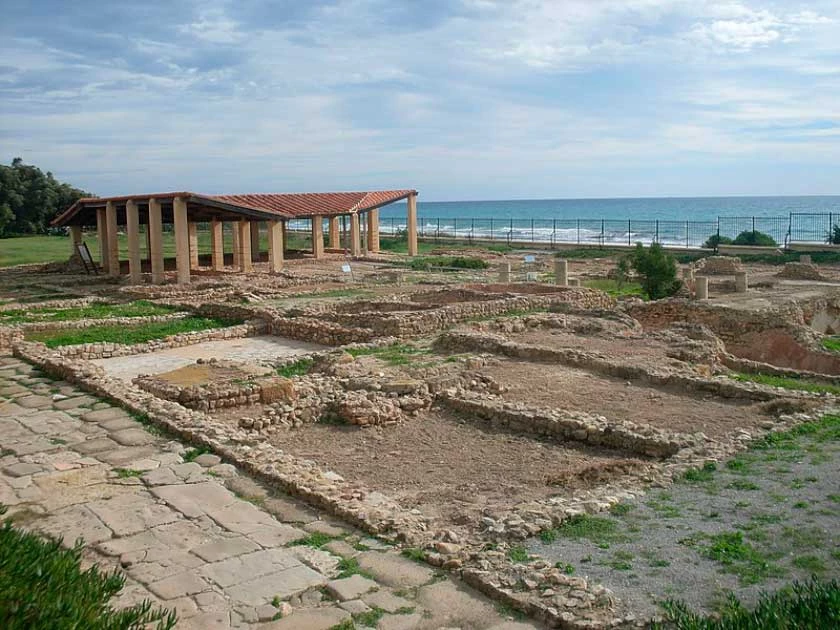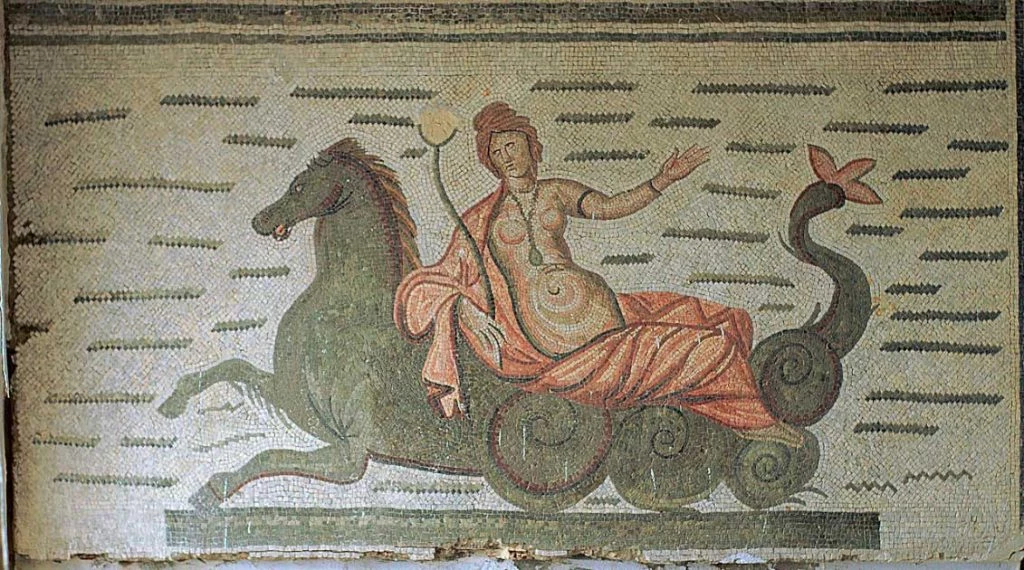Neapolis: great city of the Romans, is a minefield of contradictions. Relatively poorly attested from ancient sources, those that did write of the city talked of a great population center and trade hub: hardly the sort of place to be forgotten.
Absent any detailed information, this lost city was shrouded in mystery until its recent discovery in 2017. How did we manage to miss such an important civic center?
Well, for one the city was submerged, today lying underwater off the northeastern coast of Tunisia. Sunken by a catastrophic earthquake that reshaped the Mediterranean in 365 AD, the comparisons to the Greek myth of Atlantis are inevitable.
The discovery of the ruins off the coast of Tunisia has given an opportunity to researchers to explore the rich history of the underground city. The evidence that has already been collected has shed light on the economy and society of Neapolis.
The major Roman city was considered to be a major hub. However, it met its tragic end due to a tsunami that destroyed it along with numerous other cities.
But this is perhaps not the real enigma. We know why the city was lost. But why was it almost entirely forgotten?
A Glimpse into Neapolis
The city of Neapolis was originally founded during the fifth century BC. While it was a major Roman city along the coast of Tunisia, it was not founded by the Romans but the Greeks of Cyrene: literally their “new city” as it translates from the Greek.
The Greeks may had founded the city as a trade port of Cyrene. However, it later became a Roman port when North Africa was conquered by the Romans. The Roman city had changed hands of varying warring factors numerous times.
- Heracleion – Discovery of the Ancient Sunken Egyptian City
- Santorini and Atlantis: Are They The Same?
Due to the changing fortunes of North Africa during this time, primarily due to the Punic Wars between Rome and her African rival Carthage, Neapolis was at the center of the action. During the Third Punic War that took place between 149 and 146 BC, the residents of Neapolis supported Carthaginians. As the Romans emerged victorious, they were able to take over the city.

Since 2010, several expeditions were mounted to rediscover the submerged city, which was once filled with the hustle and bustle. However, the major discovery was possible only recently due to favorable weather conditions.
Roman literature does not contain many written records about the city. This is probably because it was being punished due to its lack of loyalty toward Romans. However, with the rediscovery of the ruins archaeology can fill in the gaps.
But first for what we do know. The city of Neapolis was of high significance in the ancient Roman world. The city prospered in the olden days as it was the chief hub where salt fish and garum were manufactured.
The discovery of hundreds of tanks that were used for producing garum, a kind of fermented fish sauce, most likely contributed to the city’s strong economy and success. It could most likely be the largest center in the entire Rome where major commercial activities took place.
The city had undergone dynamic evolution, and it was regarded as a highly influential commercial port. Successful farming activities and craftsmanship also defined its identity.
Based on the discovery made by the researchers, it is believed that the people of Neapolis owned their fortune to garum, which was an extremely popular condiment in ancient Greece and Rome. It facilitated trade in the city and helped it to gain riches and wealth.
Destruction and Rediscovery
All the fish sauce in the world couldn’t ultimately save Neapolis, however. Neapolis met its disastrous fate when it was washed over by a tsunami that occurred approximately 1,700 years ago.
- Salt on an Industrial Scale! Southern Belize and the Mayan Salt Farms
- What Was Silphium? Lost Wonder Drug of the Romans
The magnitude of the natural calamity is believed to be huge because of damage seen in other parts of the Mediterranean as far apart as Crete and Alexandria, which also suffered irreparable damage.
As recorded by the well-known historian Ammien Marcellin, the flourishing Roman city got submerged because of a tsunami in the 4th century BC. The impact of the tsunami was severe, as most of the city drowned. The sophistication and wealth that once gave a distinctive identity to the Roman city and spoke of its success vanished instantly.
Neapolis had experienced its share of struggles during its existence. The constant battles which raged around the city due to its strategic position at the heart of the Mediterranean, particularly in the Punic Wars, left it reduced to ash more than once.
However, every time the city succeeded in reviving itself and emerged stronger. However, the final tragedy stuck when Neapolis was targeted by mother nature, and a catastrophic tsunami wreaked havoc on it, leading to its ultimate destruction. The city stood no chance, and all its past glory and success drowned under water as if they never existed in the first place.

The discovery made by divers has helped to uncover some of the mysteries surrounding the city of Neapolis. Now researchers can confirm that the stories of Neapolis’s fate were no exaggerations. Although it got permanently submerged underwater, the discoveries that have been made throw light on its flourishing and rich past.
When the Roman city existed, it operated as a major commercial hub that defined the economic trajectory of the ancient world. Even though nature decided to remove the city from the geographical map, it has significantly contributed to the glorious past of Rome for centuries, and this face cannot be negated.
Today, Neapolis is referred to as the lost city that was once known as the face of ancient Rome. Valuable insights into the city and its achievements could be uncovered because of the dedicated efforts of Tunisian and Italian archaeologists.
Although the city was lost underwater several hundreds of years ago, it is still believed to be a vital part of ancient Roman history that cannot be forgotten. The findings made by researchers have captured the attention of people to dig deeper into the acclaimed past of Neapolis. The success that Neapolis achieved during its existence has aroused the interest of people all across the globe.
Top Image: This mosaic from the “House of the Nymphs” in Neapolis contains fish in such detail that the species can be recognized, allowing a reconstruction of the ingredients for garum. Habib M’henni / CC BY 4.0.
By Bipin Dimri